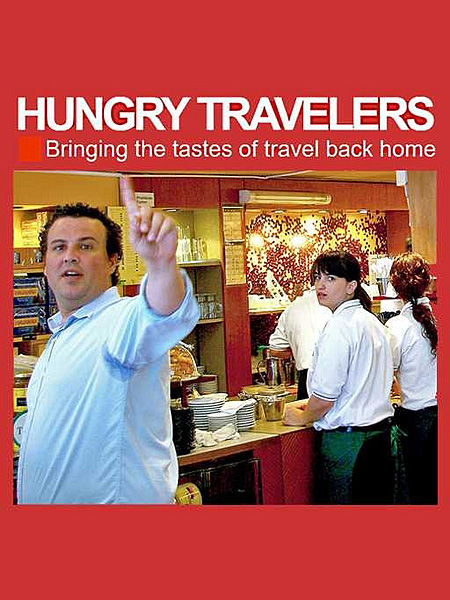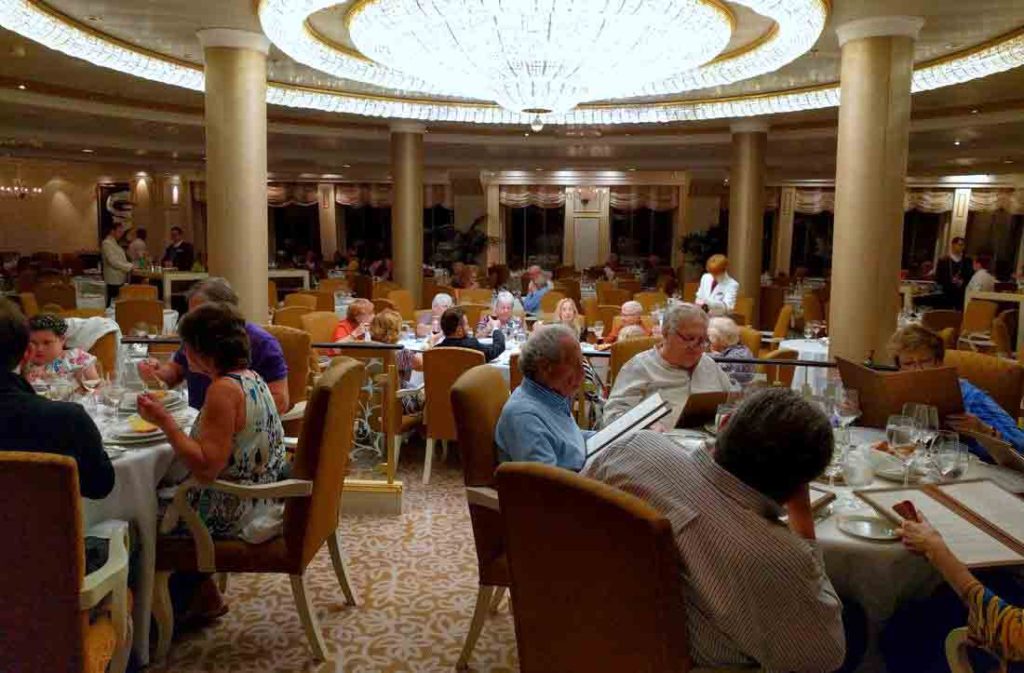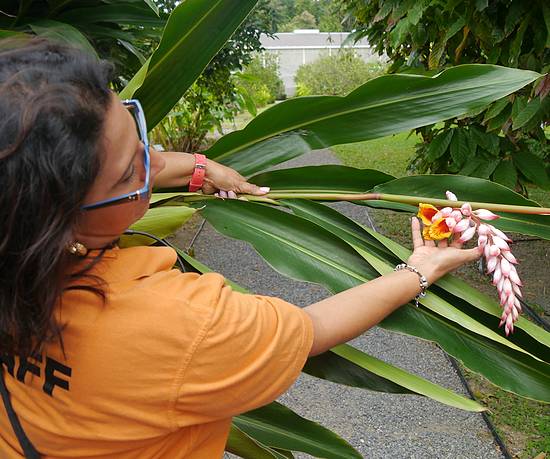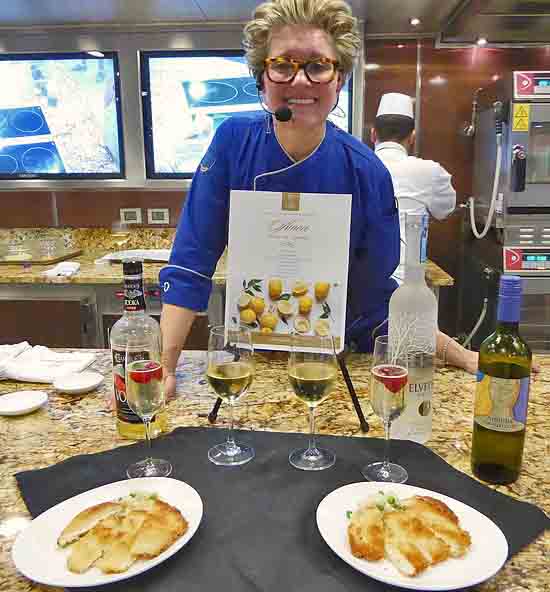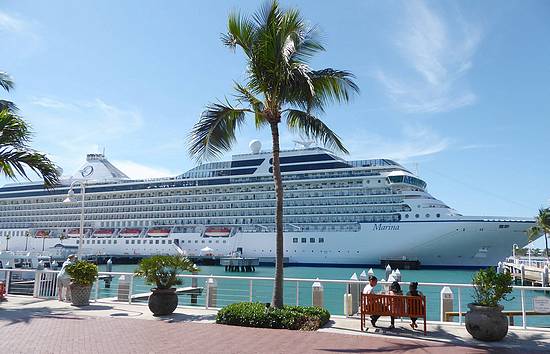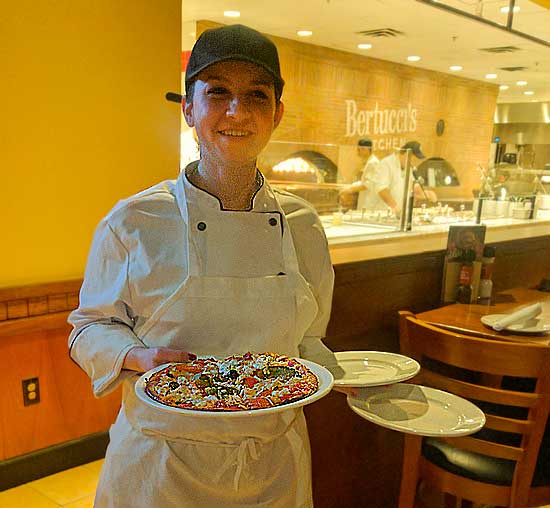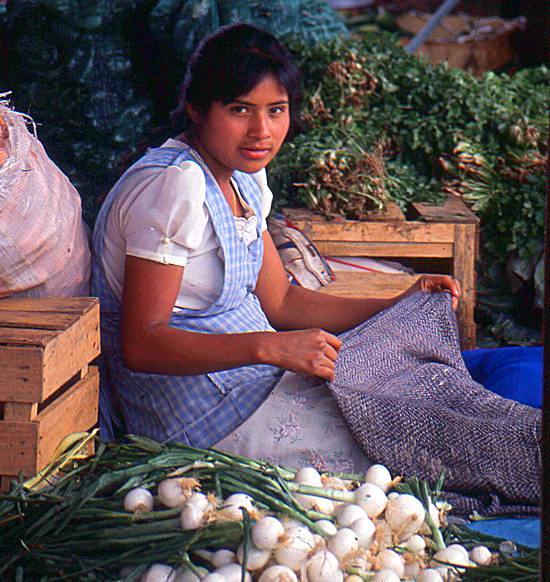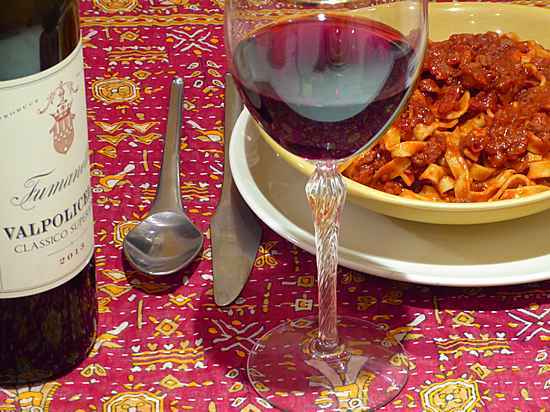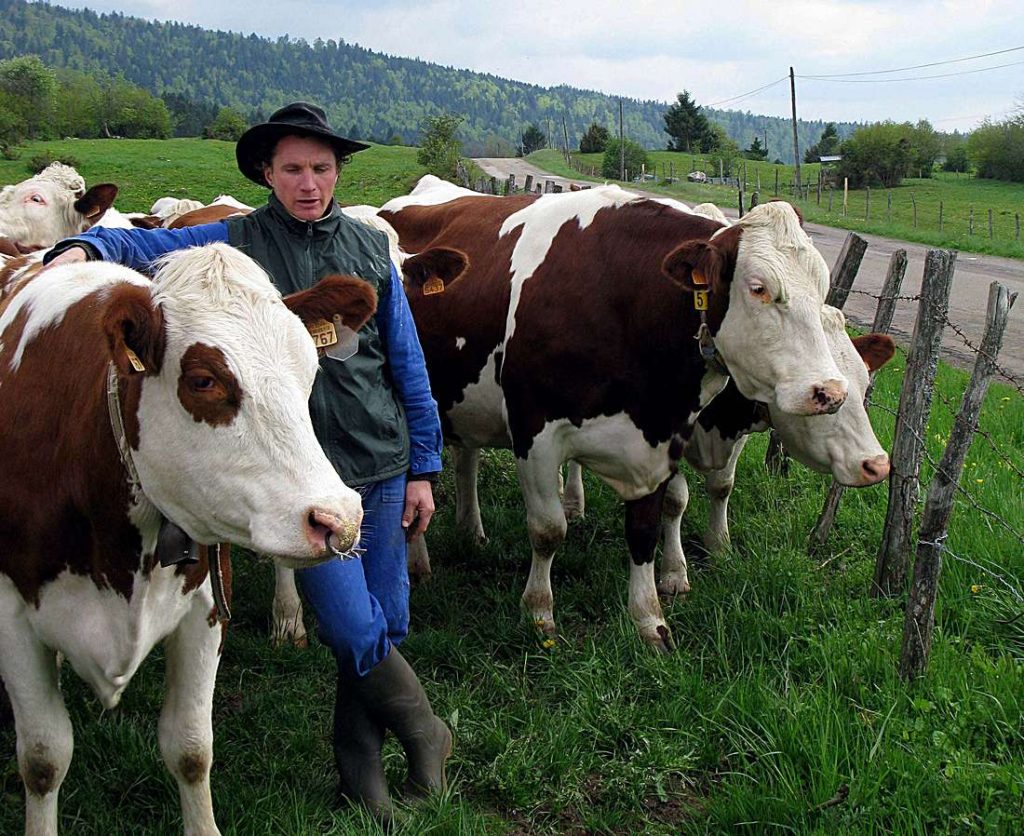Compelling CARO marries Mendoza and Bordeaux
In November, we wrote about the CARO Amancaya blend of Malbec and Cabernet Sauvignon as a bargain big red. (See this post.) On a cold and rainy March weekend, we decided it was time to dust off a bottle of that wine's big brother. The 2013 CARO is a 50/50 blend of Malbec grown in Mendoza's Lujan de Cayo district (above, courtesy of Bodegas CARO) and Cabernet Sauvignon grown in the adjoining Uco Valley. The CARO wines are a joint project between Nicolas Catena and the Barons de Rothschild. In this top wine of the collaboration, intense Argentine fruit meets Bordeaux-style winemaking to great effect. It retails for $50-$60. We pondered what would pair well with such a voluptuous red and decided that grilled steak...Read More
